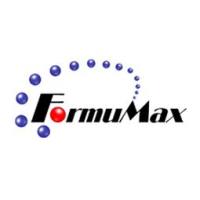Entrapment of Plasmid DNA Vaccines into Liposomes by Dehydration/Rehydration
互联网
608
Intramuscular injection of naked plasmid DNA is known (1 –3 ) to elicit humoral and cell-mediated immune responses against the encoded antigen. It is thought (2 ,3 ) that immunity follows DNA uptake by muscle cells, leading to the expression and extracellular release of the antigen which is then taken up by antigen presenting cells (APC). In addition, it is feasible that some of the injected DNA is taken up directly by APC. Disadvantages (1 –3 ) of naked DNA vaccination include: uptake of DNA by only a minor fraction of muscle cells, exposure of DNA to deoxyribonuclease in the interstitial fluid thus necessitating the use of relatively large quantities of DNA, and, in some cases, injection into regenerating muscle in order to enhance immunity. We have recently proposed (1 ,4 ) that DNA immunization via liposomes (phospholipid vesicles) could circumvent the need of muscle involvement and instead facilitate (5 ) uptake of DNA by APC infiltrating the site of injection or in the lymphatics, at the same time protecting DNA from nuclease attack (6 ). Moreover, transfection of APC with liposomal DNA could be promoted by the judicial choice of vesicle surface charge, size and lipid composition, or by the co-entrapment, together with DNA, of plasmids expressing appropriate cytokines (e.g., interleukin 2), or immunostimulatory sequences.







